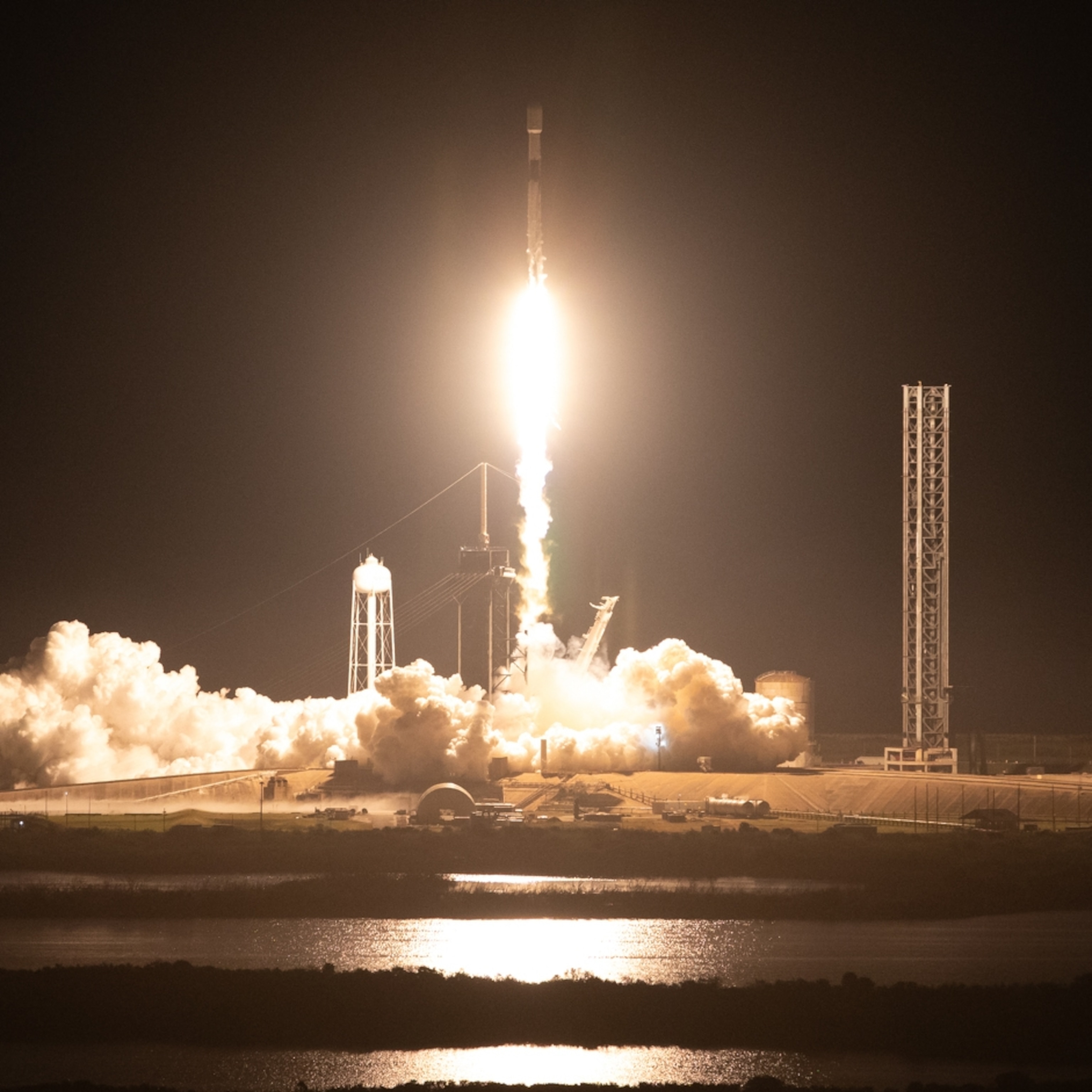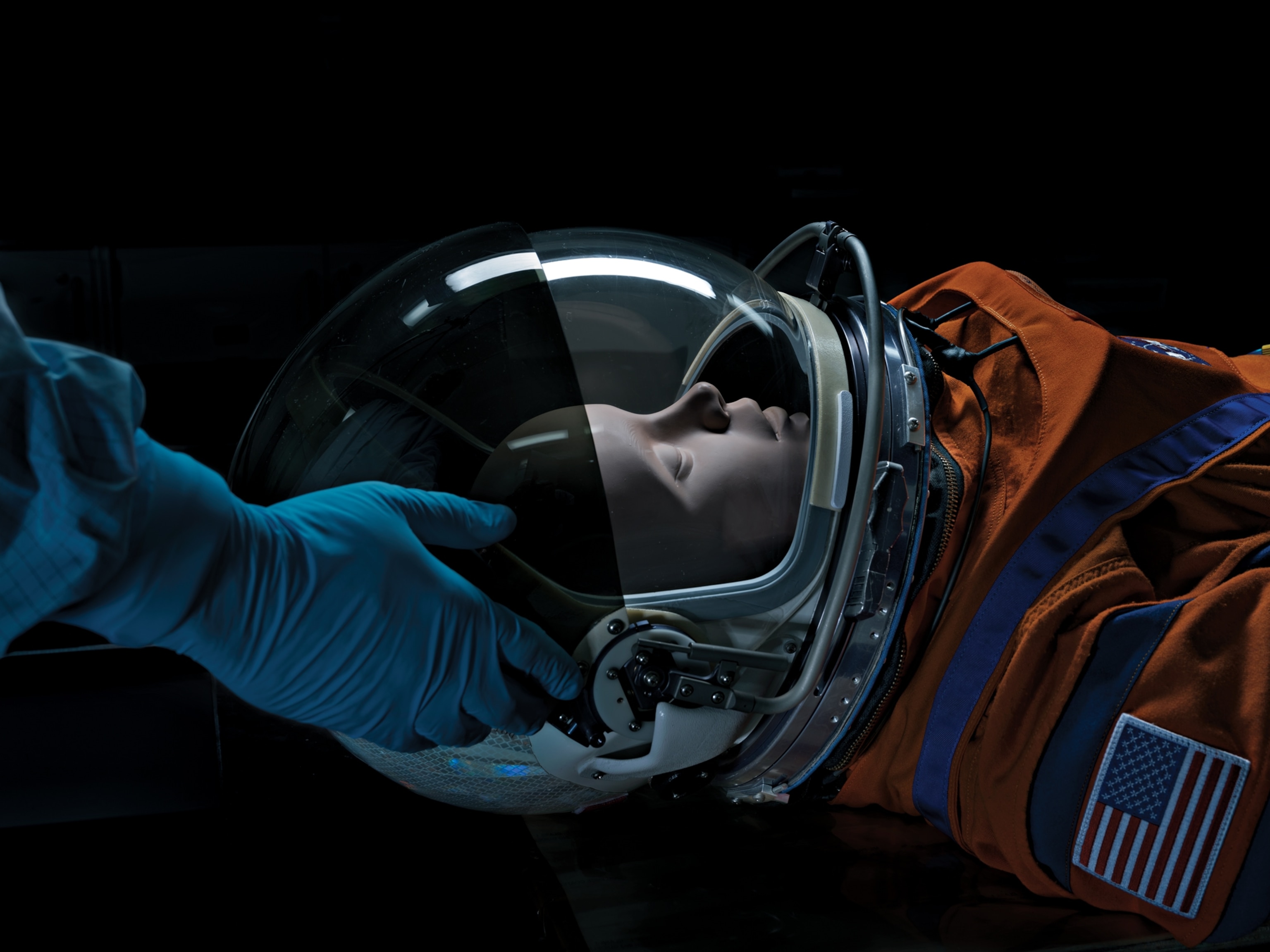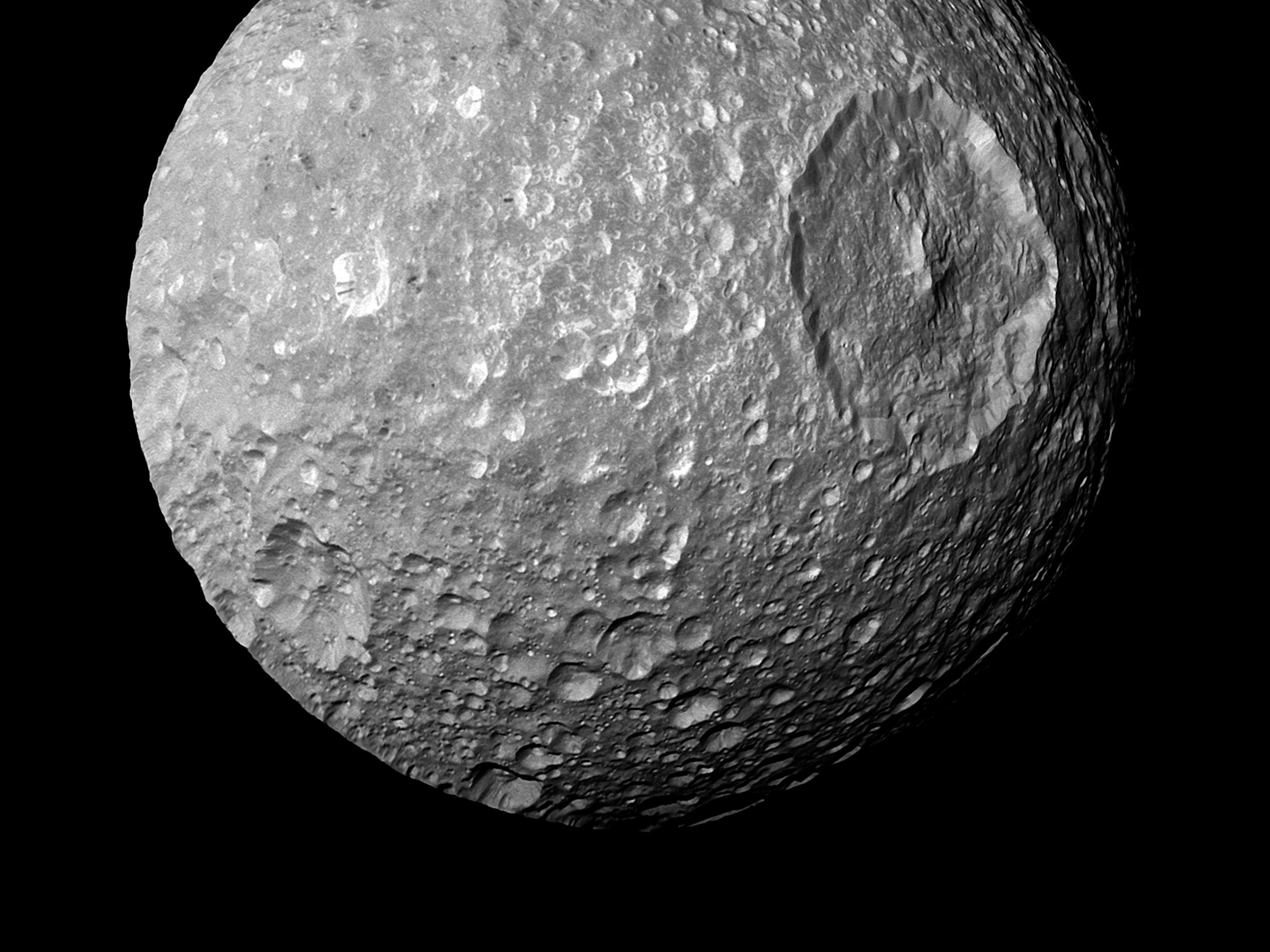
'Snakes' on the moon? These helpers could soon join our lunar mission.
NASA needs a small army of robots and rovers to help explore the moon’s treacherous terrain. A college competition produced some innovative ideas.
Lucerne Valley, California — The moment of truth for the COBRA robot had arrived.
The wind whipped. The sun blazed. Scree slipped under the feet of the young engineering students from Northeastern University, who were perched carefully on a steep, rocky slope in a desolate patch of California desert.
They activated a program, and the robot snapped into a hexagon shape. Balanced on one flat side and covered in a black sheath, it looked like a skinny tire. Then, suddenly, the bot went careening downhill, bouncing off rocks so fast it launched momentarily into the air—but staying upright and stable through it all.
The tumbling robot was one of seven different machines conceived, designed, and built over the previous 18 months at universities across the United States. The engineering teams were competing in a NASA contest to build innovative robots capable of exploring the rough terrain and brutal conditions on the moon—and maybe even beyond.
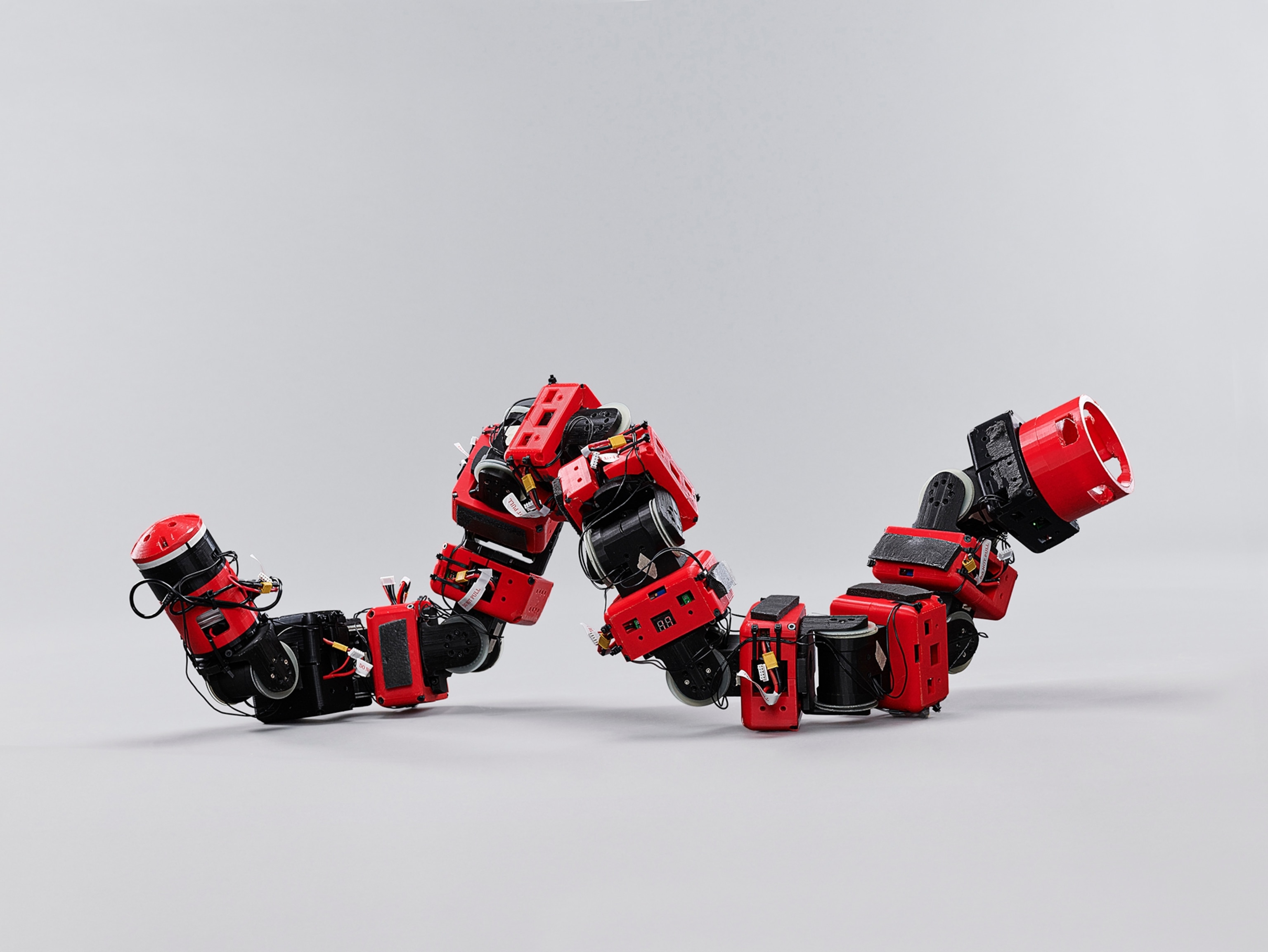
In November, the teams showcased a veritable menagerie of bots and rovers built to traverse the desert, a rough stand-in for the surface of the moon. COBRA, an assembly of 13 mini-bots that snap together into a snakelike chain, wasn’t the only quirky design. Arizona State University demonstrated CHARLOTTE, a six-legged bot that could scale steep slopes, and Florida State University showcased a terrier-sized, four-legged bot named “Extreme Terrain Quad,” or ET-Quad, that sprinted across the rocks.
“These are areas where we really want out-of-the-box thinking,” says Vandi Verma, a chief engineer for NASA’s Perseverance Mars rover and one of the judges for the contest. The teams came up with wildly different ideas, she says, “which makes you realize there’s such a range of solutions—we really do have a lot of options.”
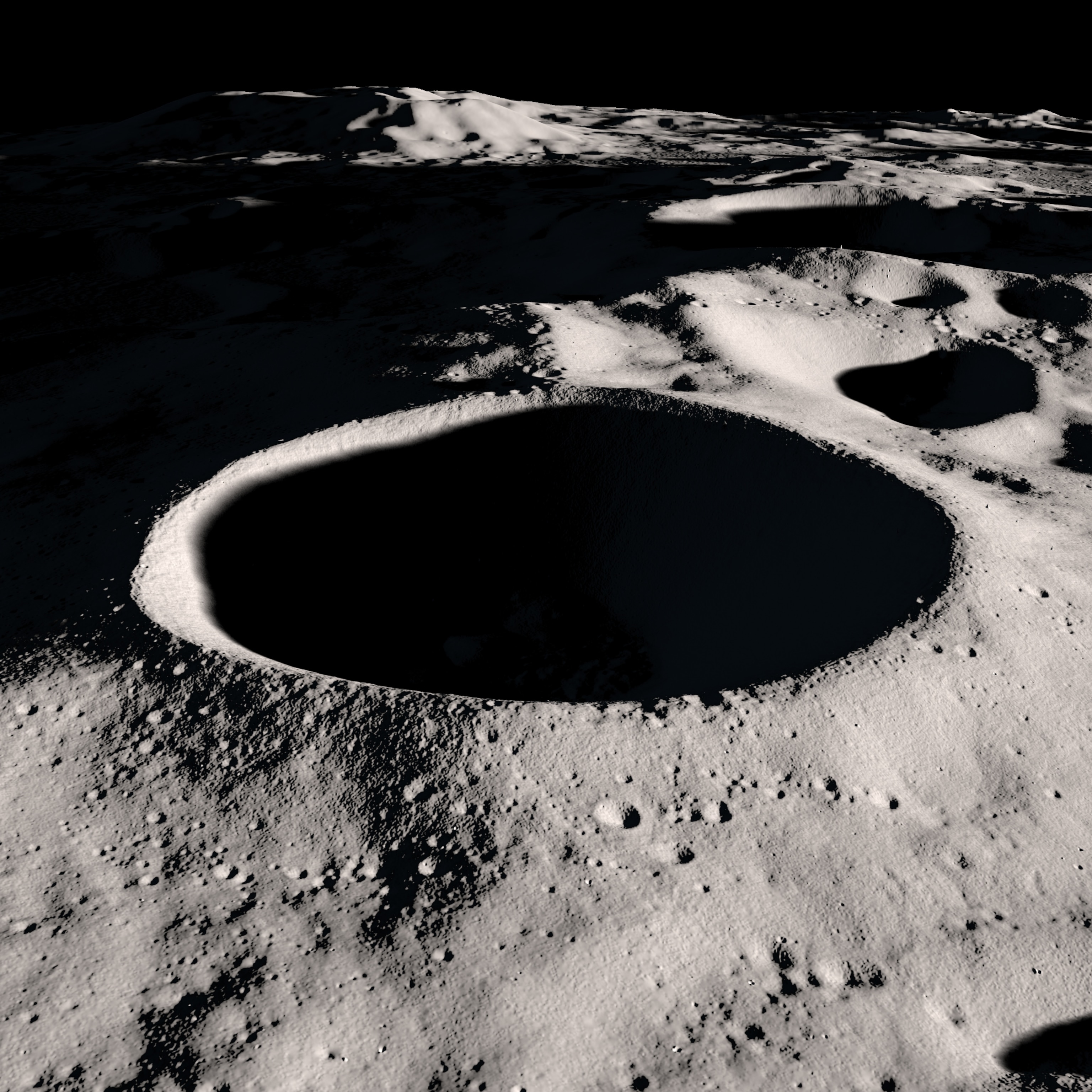

Why we need robots on the moon
One of NASA’s biggest missions in the coming years is to put humans back on the moon for the first time since the Apollo program more than 50 years ago. And this time, the goal is to stay.
“If you’re going back to the moon to stay, robots are going to be an enormous part of it,” Verma says. “It’s going to be instilled in everything there.”
To set up a base, NASA is not targeting the smooth, flat equatorial regions where the Apollo missions landed, but instead the rough terrain and potentially ice-rich craters of the lunar south pole. Because of their steep sides, these craters have permanently shadowed regions in their inner bowls that likely harbor reserves of frozen water—a resource critical to a long-term lunar presence.

Water could be used to support astronauts, but it also could help protect people from dangerous bursts of radiation. The hydrogen atoms in water deflect incoming high-energy particles without breaking into other, possibly even more damaging secondary radiation.
But the craters are not easy to explore. They are ringed with steep, sometimes sheer walls and pocked with pits and chambers created by ancient lava flows. They see daily temperature swings of more than 450 degrees Fahrenheit and are often shadowed from the sun, making it impossible to harness solar power.
In tandem with humans, a small army of robots and rovers will be needed to explore this inhospitable terrain.
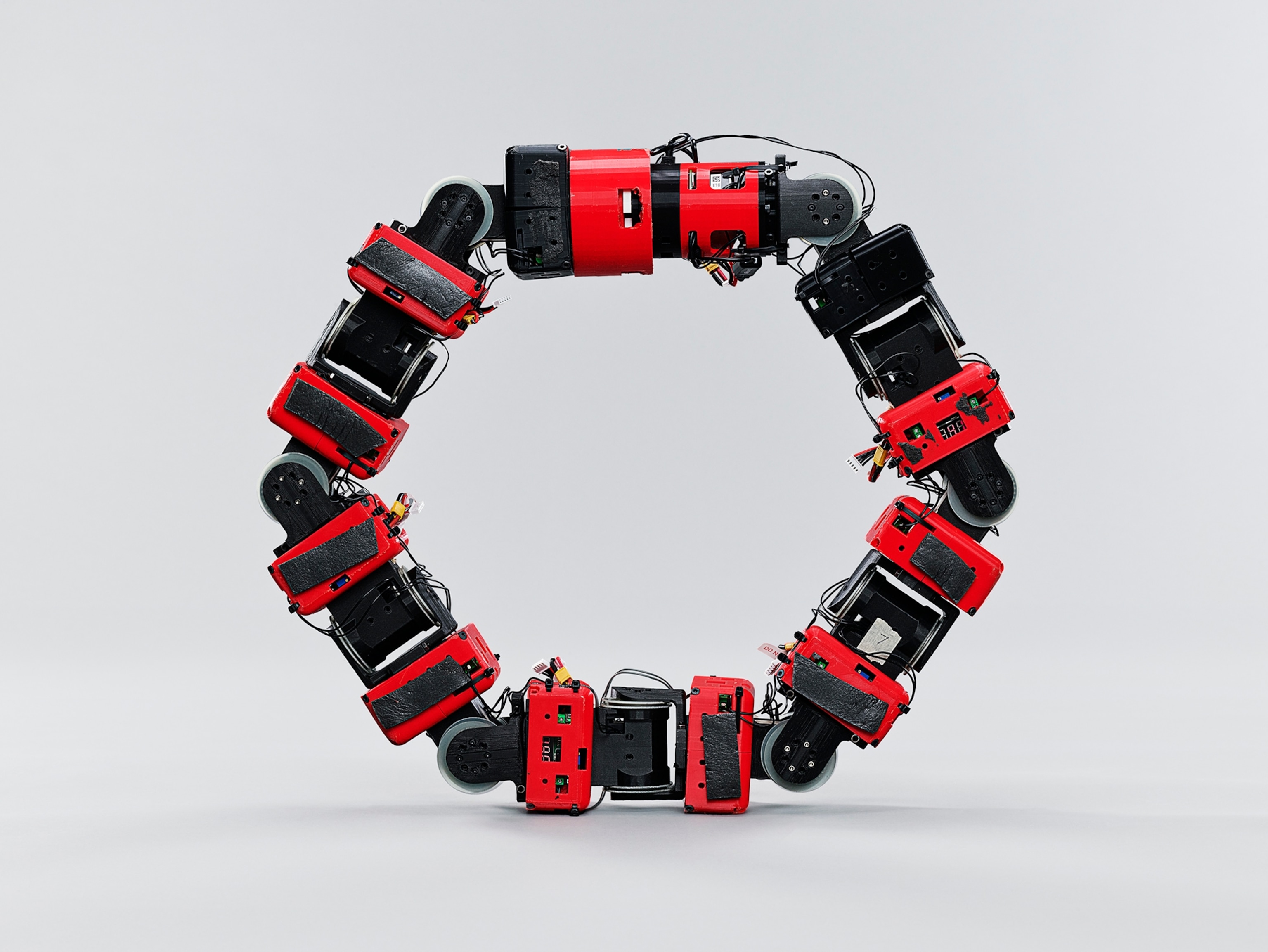
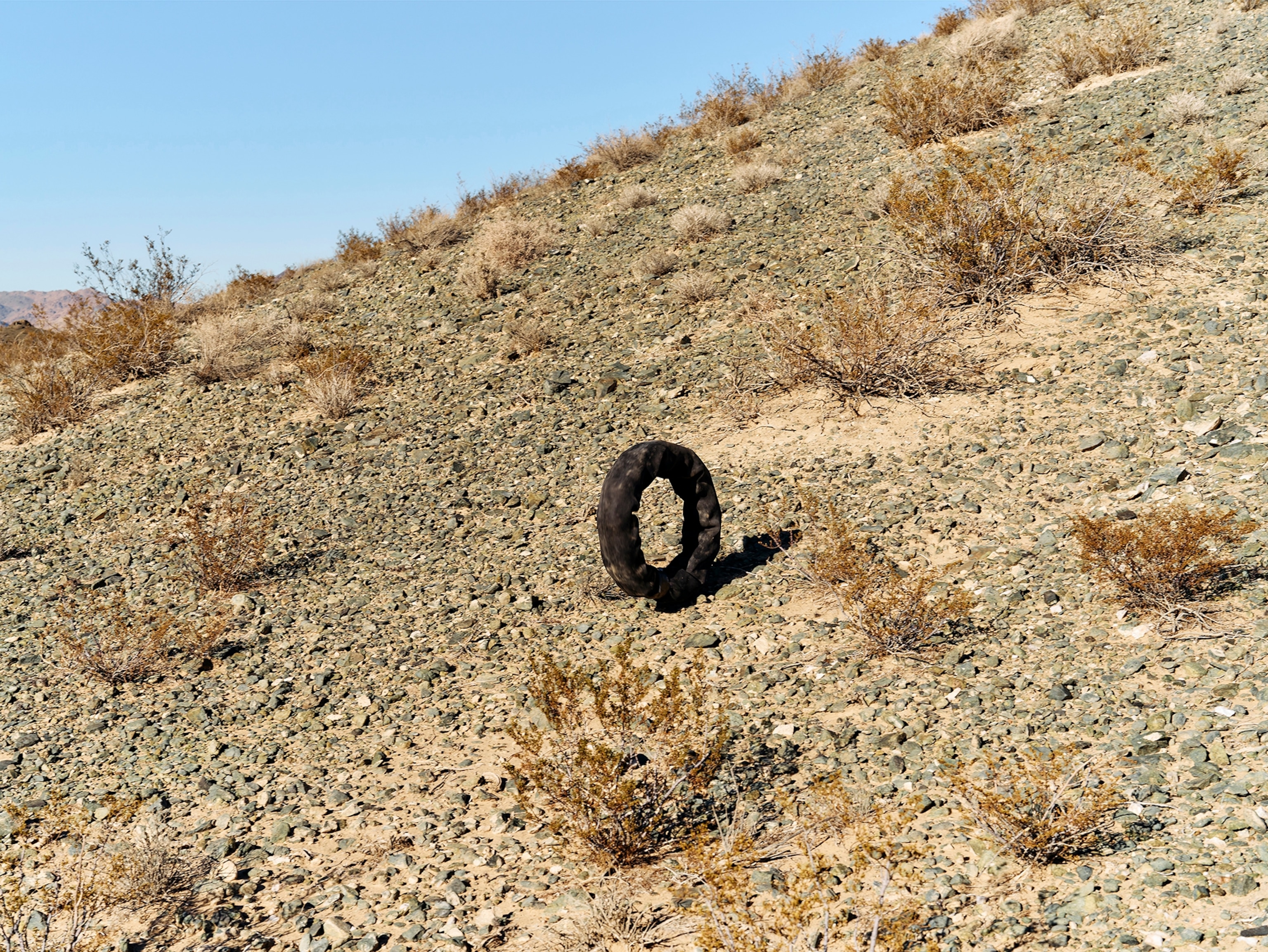
The challenge
Every year, NASA challenges students across the U.S. to solve a space-related problem. In 2021, it asked for ideas on how to deal with lunar dust, which is notorious for gumming up mechanical works, and in 2019, on how best to design a Martian greenhouse.
This year the space agency asked for lunar robot designs. The bots could be any shape or size, but they had to be capable of traversing challenging terrain—and they couldn’t look like the wheeled rovers that have so far populated the moon and Mars.
It’s a serious challenge, says Kevin Kempton, a program manager at NASA’s Game Changing Development program and one of the contest’s judges, to design robust, flexible, and independent bots—on par with designing true spacecraft.


The teams came up with remarkably different solutions. Some, like Florida State, leaned heavily into biomorphism, borrowing ideas from insects and animals. ET-Quad ran like a small four-legged animal and is designed to swim through water or other substances—such as drifts of moon dust or sand, which may behave like fluids. It could also climb, and although the team has only tested it on simple walls, they envision similar robots clambering up a lunar crater with springy claws.
Arizona State University’s design, a six-legged bot about four feet tall, kept three legs firmly on the ground while a lidar system—similar to radar but using pulses of light—scanned the surrounding landscape, deciding where to place the other three feet. The robust walking system, plus a little “rappel” tether, let it move confidently up and down a steep slope.
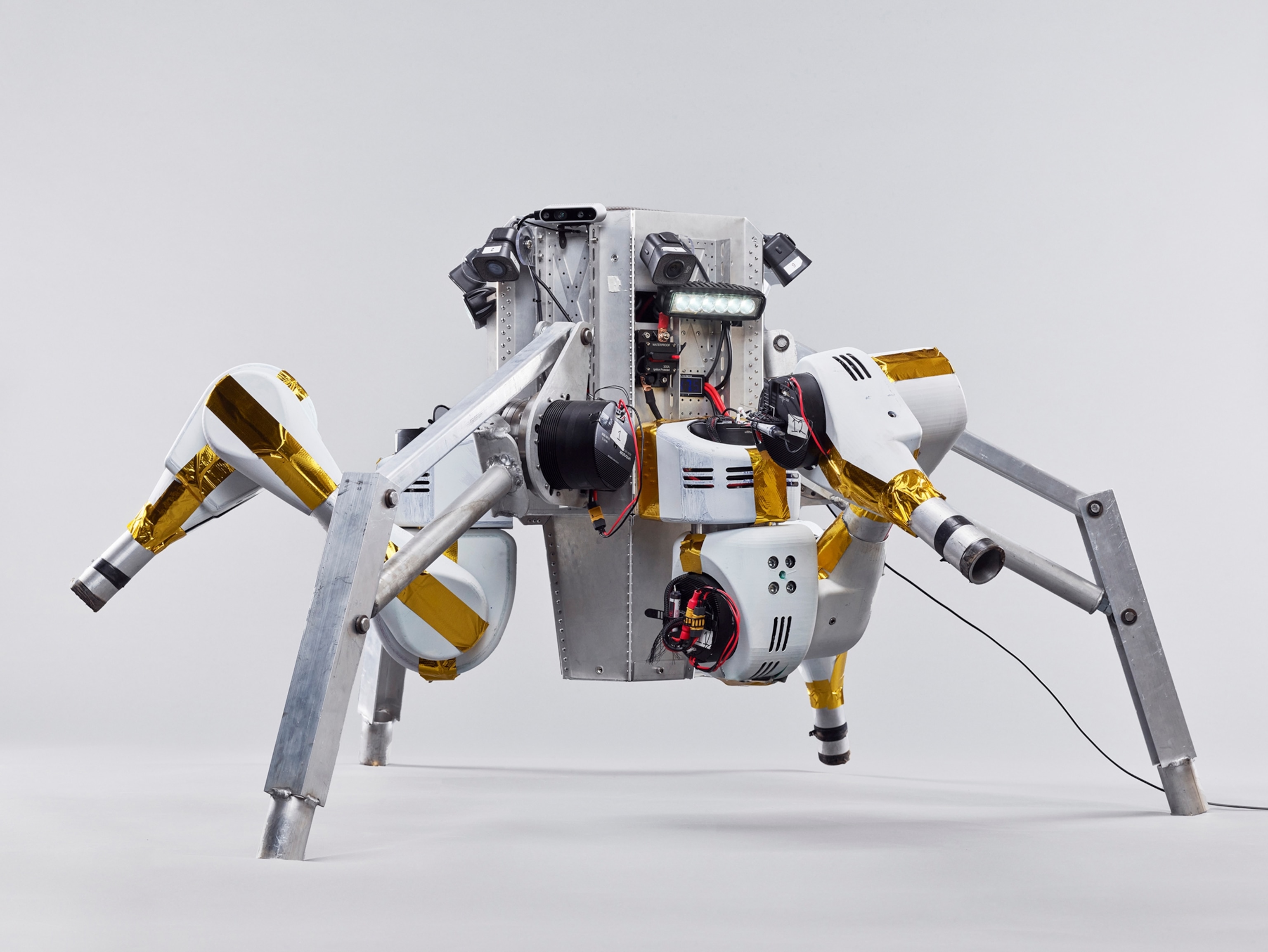
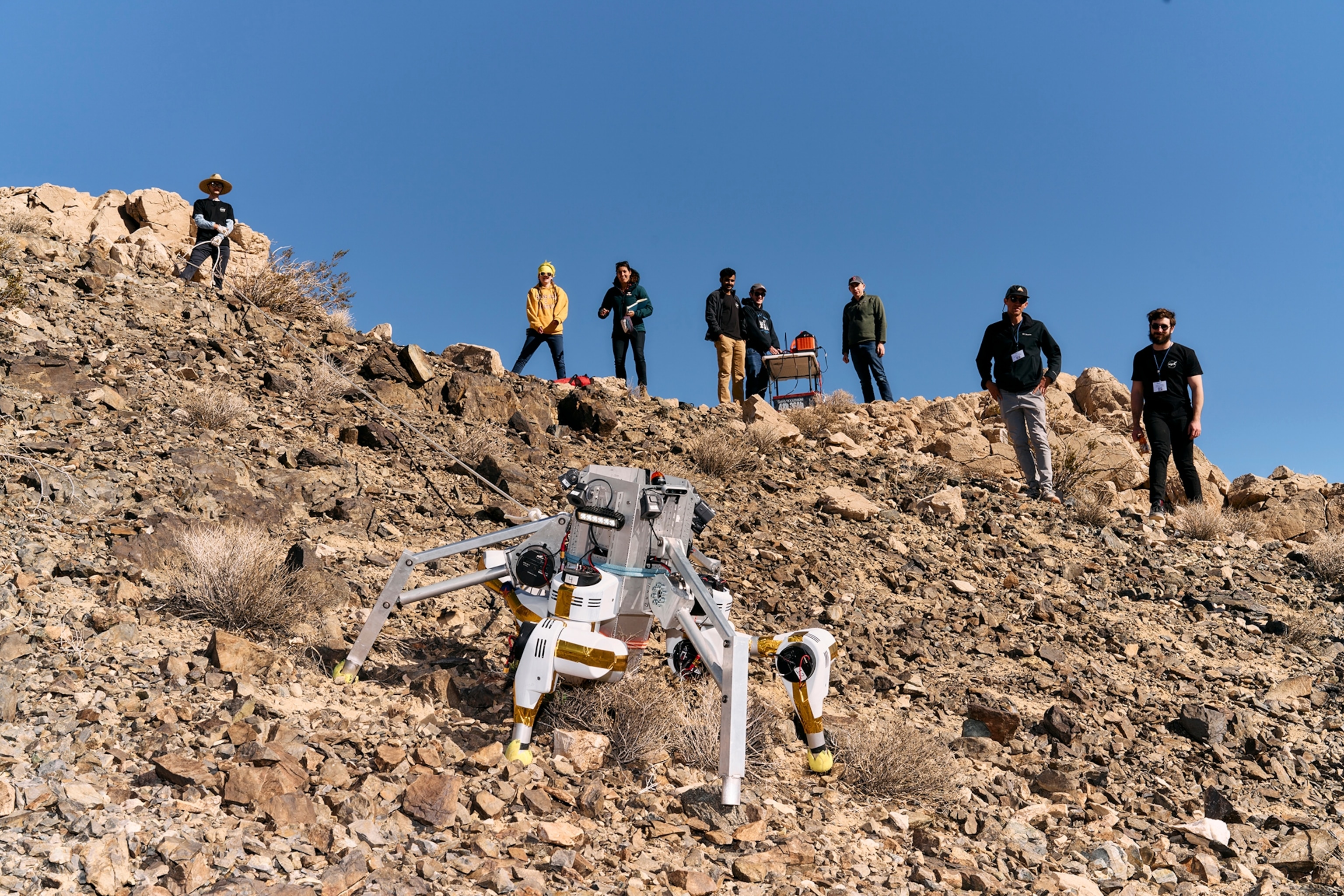
Northeastern University’s snake-like COBRA, designed to tumble down crater walls and explore lava tubes, also borrows from nature. “We wanted to mimic nature, but improve on it,” says Alexander Qiu, a software specialist on the team. He watched hours of YouTube videos of different snakes to understand their different movements. Eventually, the team designed COBRA to slither and sidewind—normal snake motions. But it can also snap into a hexagon and hurtle downslope, and curl up into a spiral shape that helps it maneuver through rocky, unlevel terrain.
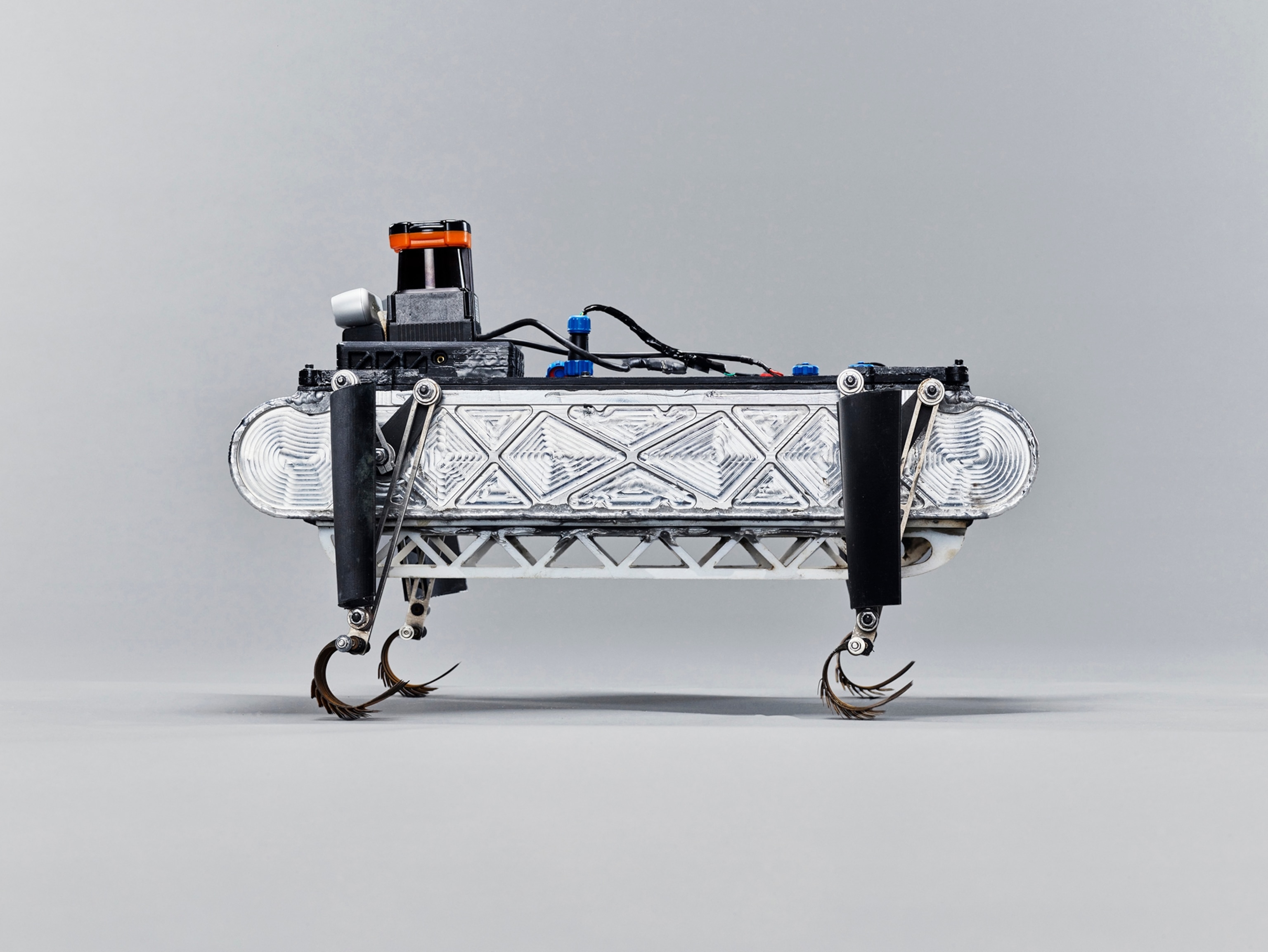

MIT, on the other hand, figured that once astronauts were on the moon, they’d want many flavors of robots—so they designed “Lego-like combinations that can be reconfigured,” the team explained in a presentation. “Worms,” which acted as legs, attached to a body frame using universal hardware so pieces could be added or subtracted. “Shoes” shaped like shallow bowls would act like snowshoes, helping the bot walk through fluffy lunar dirt, and science tools, like drills or sensors, could slot into the robot’s “shins.”

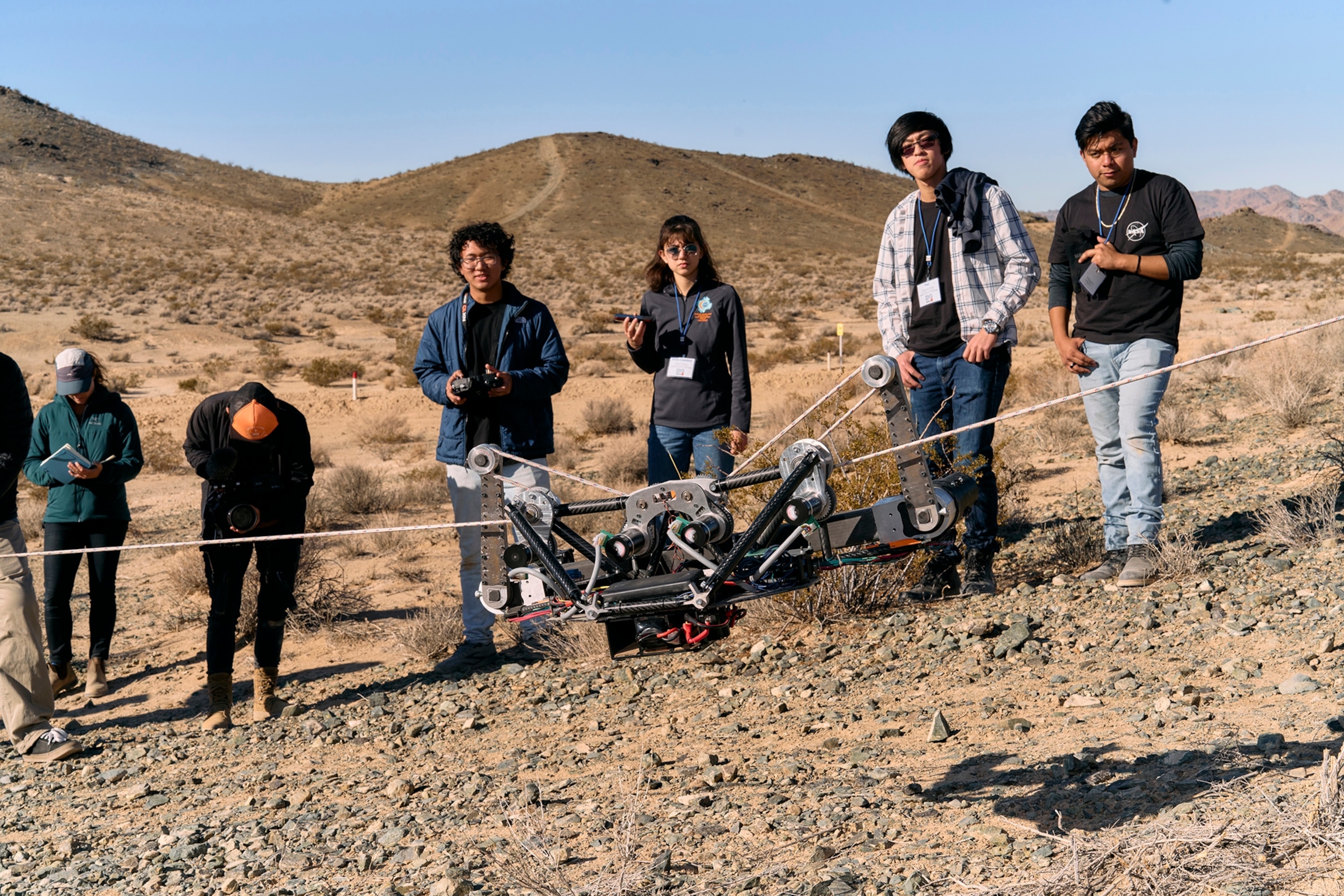
“We can imagine a warehouse on the moon, stocked with all the pieces you might need,” the team explained, allowing astronauts to build any number of different versions.
Instead of building a stand-alone robot, CalTech envisioned a gondola system strung from the crater rim to the base—a way to ferry equipment, materials, and maybe chunks of ice across treacherous terrain. A robot would drive stakes into the ground at the top and bottom of the crater and string cable between; a motorized chassis would carry payloads along the cables.
The University of Maryland’s bot used both legs and wheels to navigate, putting down wheels to roll when terrain was smooth and swapping into leg-mode to tackle slopes and rocks. The University of Connecticut’s machine also switched between two movement mechanisms: walking on four legs and lowering itself onto treads like a tractor.
“You don’t have to be a space nut to know these are cool,” Kempton says.
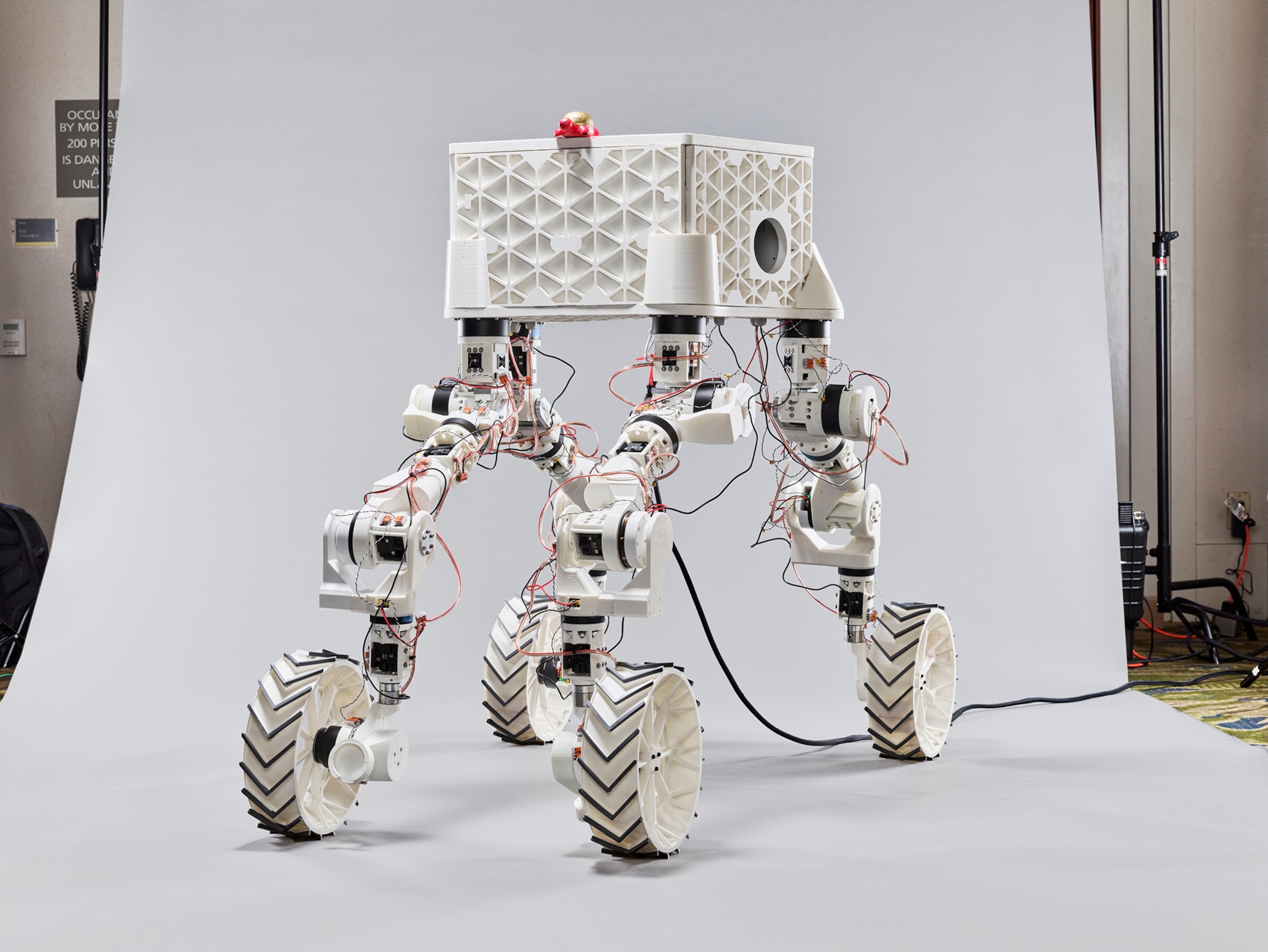
In the desert
The teams presented their concepts and bots first in a fluorescent-lit conference room in Pasadena. The next day, they headed out to the desert, a rough stand-in for lunar south pole conditions—minus the freezing temperatures and deadly radiation.
For a bunch of first-generation designs, they performed admirably, says Jennifer Lopez, a director at Astrobotic Technology, one company that NASA has contracted with to land equipment on the moon. ET-Quad sprinted a few yards over scrabbly ground and then fell over. CalTech’s mini-gondola carefully inched its way up and then back down the tensioned cables. Arizona State’s bot climbed up and then down a 27-degree slope while moving about 1.5 feet per minute, or about one-fifth the speed of the Perseverance rover—but over much tougher, steeper terrain.
“One small step for robot-kind…” quipped Connor Nail, an Arizona State engineer.
In the end COBRA won the top honors. It tested all three of its ways of moving: first wiggling down a dirt road until a small berm stymied it. Then, the engineers let it sidewind downhill; when it got caught on a sagebrush bush, it snapped into its coil configuration and spiraled away successfully. Luckily, one student pointed out, this won’t be a problem on the moon.
Later, as it tumbled downhill in its hexagon-rolling configuration, the whole gathering—students from all seven schools and judges alike—cheered in support. “This is what it’s about,” says Eddie Tunstel, chief technology officer at Motiv Space Systems. “We’re all just looking for good ideas.”



